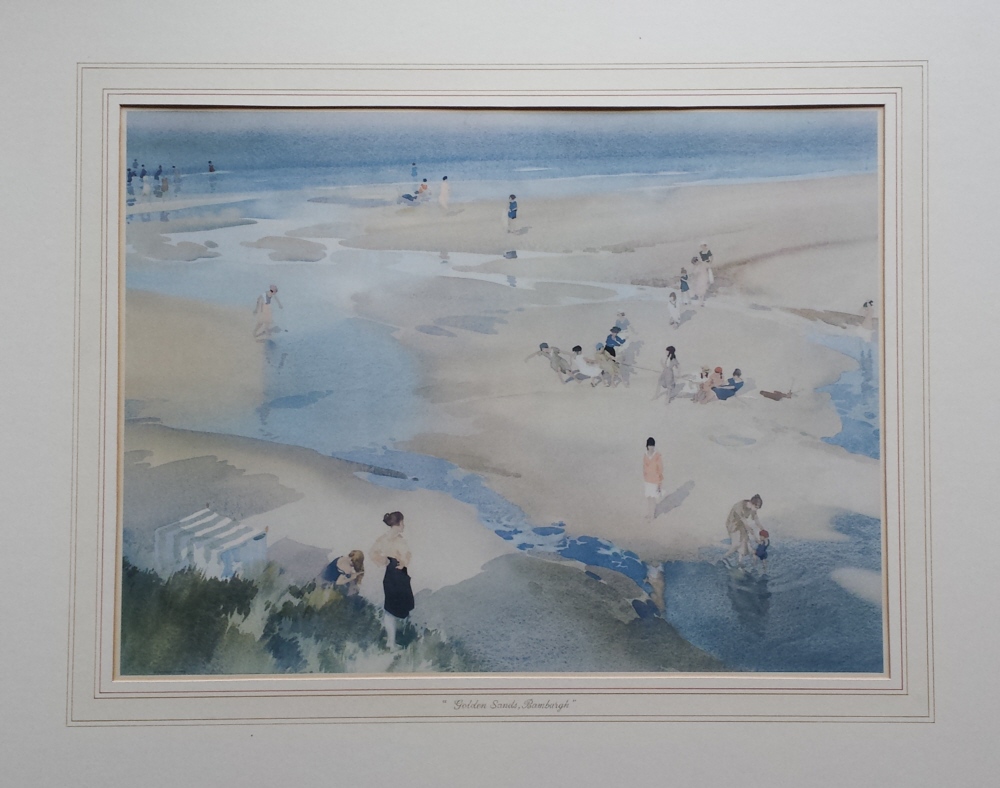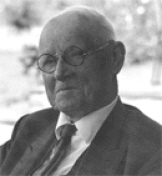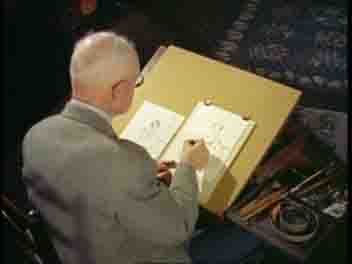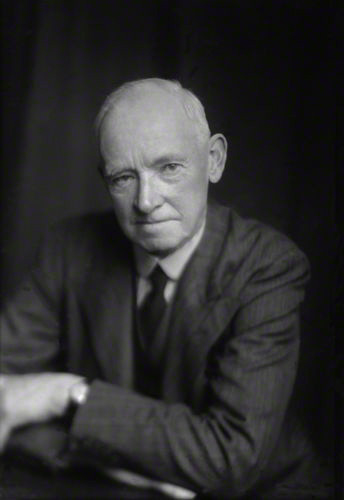The Golden Sands, Bamburgh
Sir William Russell Flint
P.R.A., P.R.W.S., R.S.W., R.O.I., R.E.
Golden Sands, Bamburgh
Published in 1922 by The Art Institute of Chicago where the original painting is displayed
Disributed by The New York Graphic Society
The history of Russell Flint. 1880-1969.
Sir Russell Flint, began life in Edinburgh on the fourth of April Eighteen eighty.
His father Francis Wighton Flint, was a watercolourist and designer,

For six yrs. he trained as a draughtsman in an Edinburgh printers, this undoubtedly helped to give him the discipline that went towards his sucess as one of the world's most outstanding watercolourists. At the begining of the century Russell Flint took a job at the Illustrated London News where he would draw illustrations. In this time before photographs, illustrations and drawings were not only important sources of information, but great accuracy was needed to produce realistic and true images for books and magazines.

Great classics... "Thomas a Kempis","The Song of Solomon", Mallory's "Morte d'Arthur", Chaucer's "Canterbury Tales" and Homer's "Odyssey" were all illustrated by William Russell Flint War broke out in 1914, during which Flint joined the Royal Navy Air Service and by 1918 he was promoted to Admiralty Assistant Overseer; This allowed him to travel back to Scotland where he studied at the art School.
After the war, Russell Flint decided to visit Europe Europe, in particular France, where he painted and drew many landscapes of the quiet countryside villages and their rural way of life, the publications of his limited edition prints illustrate much of his adventures in France. Russell Flint became an Associate member of the RA in 1924 and nine years after, was elected a full member.
Russell Flint became the President of the RSWP in 1936.
In his later years, due to his artistic and financial success, Russell Flint was able to travel extensively across Europe, particularly in France
where he was a prolific painter, also enjoying some time painting in Switzerland, Spain, Italy, and Scotland.
If you wish to visit the beautiful countryside and villages in the south west of France where Flint spent much of his time painting,
a beautiful holiday house in Dordogne see here is to let throughout the year.
We have specialized in the paintings and prints by SirWilliam Russell Flint for over thirty years, and have on display over
500 edition prints, signed and unsigned; Also original watercolour paintings and red chalk drawings, for sale.
The limited edition prints, particularly the signed, limited edition prints (ie. pre 1969) were very sought after at the publication date,
and the entire edition could be sold out within several hours of release.
There is no 'second' edition, these are the original signed, limited editions that have over the years become highly collectable and
sought after works of art, some of which are over seventy years old.
Recognized worldwide as a fine watercolour master, Sir William's work enjoys the prominence amongst a collection of the finest and most experienced painters of our time.
and the signed prints and drawings of Britain's most sought after artworks by L.S. Lowry read more
William Russell Flint was made Sir William Russell Flint in nineteen forty seven, and fifteen years later his work was given supreme prominence by a retrospective exhibition in the Diploma Gallery of the RA. During this period, Charles Wheeler, who was the President of the Royal Academy, remarked that Russell Flint's art was an incredible feat and a 'baffling skill'.
 01623 799 309
01623 799 309